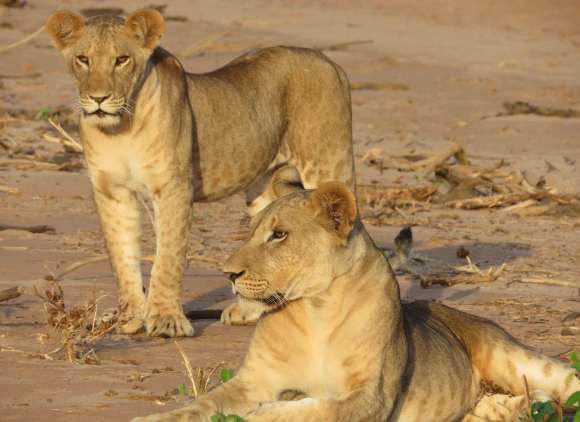Titus Adhola
Other projects
24 Nov 2017
Key Ecological Determinants of Depredation by Large Carnivores in Relation to Community Practices and Perceptions in Samburu, Northern Kenya
Lion-Hyaena Interactions within a Backdrop of Human-Carnivore Conflict in a Samburu Pastoralist Landscape in Northern Kenya: Is There Hope for Co-Existence?

My field research will be based in Samburu (both protected and non-protected land). Samburu is a very dynamic ecosystem with people and livestock moving in search of resources. This means that an area of low conflict can become an area of high conflict almost overnight. Changes can be very fast and quite unpredictable.
Human-carnivore conflict emerges from the type and level of human disturbance and interacts with habitat attributes, such as vegetation cover and wild prey densities. The level of conflict may be expected to arise from a combination of factors such as low tolerance for carnivores, high conflict levels, widely distributed settlements, and large overlaps in human and large carnivore active periods. The shape of human-carnivore conflict will, therefore, be dependent on a balance between the distribution of people and livestock and their behaviours, as well as overall human and livestock densities. Key factors characterizing the conflict landscape such as livestock husbandry practices, human settlement, herding patterns and retaliation to livestock depredation, are directly linked to human behaviours and therefore have the potential to be managed. The conflict landscape, its description, and the processes that generate such a landscape, is therefore extremely relevant to understanding its drivers; as well as important in informing the development of conflict mitigation strategies (Ogada et al., 2003; Boitani and Powell, 2012; Dickman, 2008; Cotterill, 2013; Winterbach et al., 2013).
Livestock depredation poses one of the greatest challenges in the conservation of large carnivores which relies mainly on perception/attitudes of local communities. My field research will focus on all the large carnivores in my study area (lion, hyaena, leopard, cheetah and the African wild dog) due to their tendency to cause intense conflict, as well as their conservation concern. Understanding the key dynamics between depredation rates by large carnivores, husbandry practices, community attitudes and wild prey distributions in a human dominated landscape as envisaged in this study, will be a crucial component in the success of large carnivore conservation; through identification of the key factors that need to be considered, to enhance tolerance by the Samburu pastoral community, to co-exist with the presence of large carnivores in their communal lands.